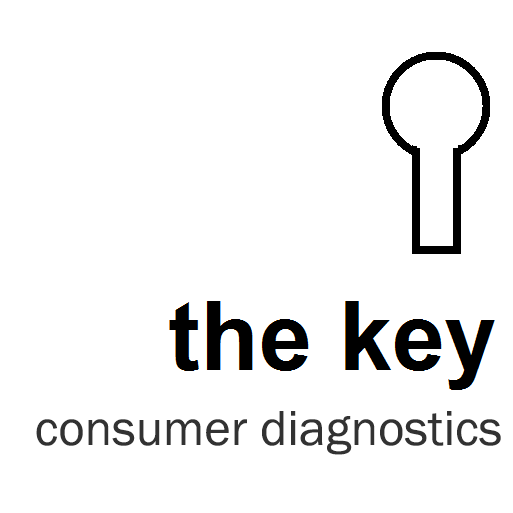WE UNLOCK WITH MANY KEYS
Theoretically speaking much has been written about the
five approaches to qualitative research. Researchers today are so much under the pressure of deadlines that most of these approaches remain academic or at best implemented only in part.
Most young researchers starting out, get lost in the jargon of narrative versus
phenomenolgical approach and why the latter is better for qualitative inquiry.
Our research experience borrows from these approaches.
But at The Key we have not only simplified but also improvised these concepts of 1960s and 1970s to adapt to the post modern needs of a marketer. Simplicity is at the core of what The Key does. And this simplicity is evident in The Key’s way of doing research.
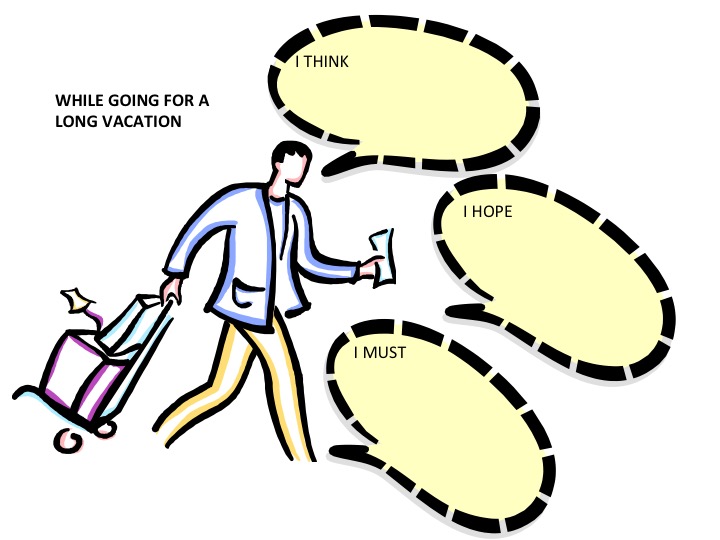
There are many keys to unlock the mind of the consumer. We pride ourselves in adopting unusual methodologies always. Or use the proven, existing ones in the most effective manner. We do not have any discussion guides but a series of open ended psychological questions that engage the audience.
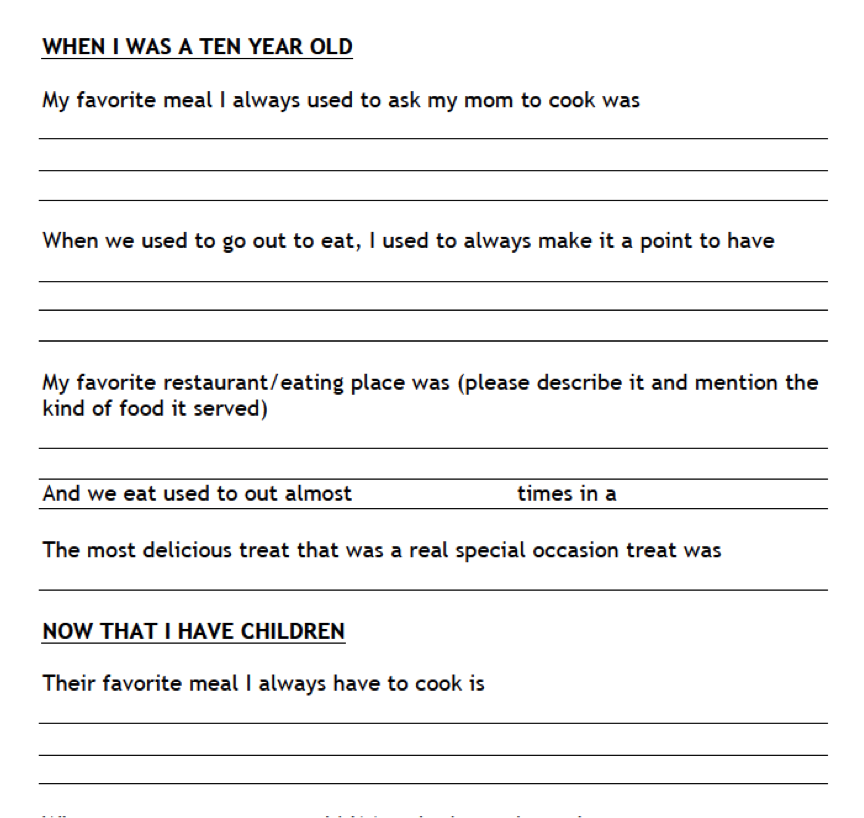
Each engagement utilizes proven learning methodology that translates into simple exercises like
thought bubble completion, spoken word poetry/slam poetry,
then & now scenario building, outlines, application exercises, simple graphic images, 3 D models to convey complex ideas besides verbal discussion and observation. The use of sophisticated learning methodology means that the programs are participatory and always result in 0% moderation bias and 100% process bias. The above and more are all part of a research design that rests on the 3 Key Methodolgies
THE KEY METHODOLOGIES
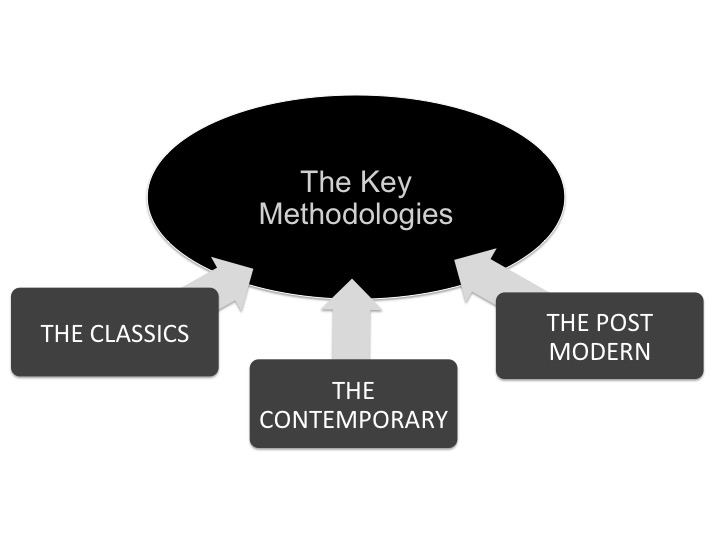
THE CLASSICS
Narrative, Phenomenological, Grounded Theory, Ethnography and Case Study approaches have been used at The Key since its inception, albeit in modern adaptations in the form of
Tupperware Group Discussion, Story Telling Sessions, Auto-ethnography, Video-ethnography, Netnography, In-situ Interviewing,
Social Reporting, Style Leader Groups, Socio-cultural Groups, Buddy Groups, Reconvened Sessions, Neighborhood Groups, Observation Sessions,
Shop Alongs etc
THE CONTEMPORARY
NLP,
Sensory Consumer Research, Metaphor Elicitation, Deconstruction, Social Cognition,
Social Diffusion,
Participatory Action Research,
Heuristic Decision Making,
Bricolage, Emotional Collage,
Community Research, Consensus Mapping, Attribution Theory
THE POST MODERN
 Photo-voice elicitation
Photo-voice elicitation, Art-based Research, Darwinization,
Collaborative Ethnography, Brand Equity WRAP, Multiple Character Iding,
INDICES(Indirect and Direct consumer experiences),
Retrospective Approach,
Street Speak and lots more that don’t have names yet.
If you think you have suddenly entered a world of scholars and academia, worry not. The Key’s underlying tenet is simplicty. It simply unlocks what seems a knowledge black box. Simply put, all these methodologies, research approaches and techniques have inter disciplinary moorings of psychology, sociology, anthropology and now even neuro-science. All these have been put in use already by The Key. You just have to use the three context keys…oops Ps! while using these techniques and engaging the customer.
Over time, marketers have developed theories about why consumers buy. Most of these err by viewing the consumer through the lens of the product. Marketers start with the features and benefits of a product and conduct consumer research to find matching needs and motivations. More recently, Internet and digital media companies added a new layer of suppositions to explain and predict consumer behavior. Their approach views the consumer through the lens of digital technology. However, they misinterpret data about the activity of online users as being a valid insight into the consumer decision-making process.
Consumers do not have a Pavlovian response to products and to their marketing programs. Nor do the fundamentals of consumer behavior change to accommodate the latest innovation in digital technology.
We’re taught that we’re thinking creatures that feel. The truth is we’re feeling creatures that think. Science now tells us that humans make decisions emotionally below the threshold of conscious awareness. And few would argue emotion is the key to connecting with people. But what does “unconscious emotion” even mean? And how do we apply it to our business?
If we raise our sightline and define our audience as humans, not just consumers—we deepen our empathy and widen our appeal. An understanding of our purchase behavior must be based on knowledge of human emotion and include the paramount influence that emotions have on decision-making.
For consumers, perhaps the most important characteristic of emotions is that they push us toward action. In response to an emotion, humans are compelled to do something. In a physical confrontation, fear forces us to chose between
“fight or flight” to insure our self-preservation. In our daily social confrontations, insecurity may cause us to buy the latest iPhone to support our positive self-identity.
The Key’s experience again simplifies the complex nature of human emotions. The ‘unconscious emotion’ needs to be drawn out. It cannot result from a simple ask-answer routine. Our researchers are able to elicit both the rational and emotional responses from people by following three simple elicitation principles:
THE 3 S’s
Sense Experience - Empirical Evidence also knows Sense Experience - evidence beyond testimony and experience the experience
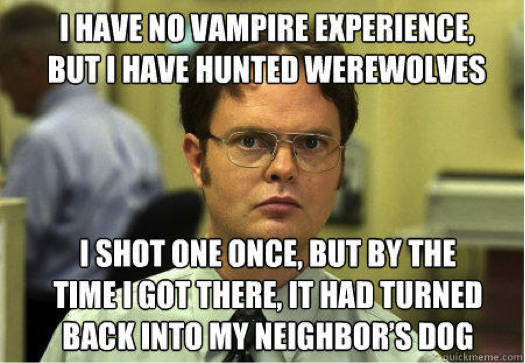
If knowledge is empirical, it's based on observation rather than theory. To do an empirical study of donut shops, you'll need to visit at least some of them. Meditate all day on the origins of donuts, but you'll still lack empirical knowledge of donut creation.
The Key firmly believes that any kind of knowledge that comes from experience is better than that coming from opinions.
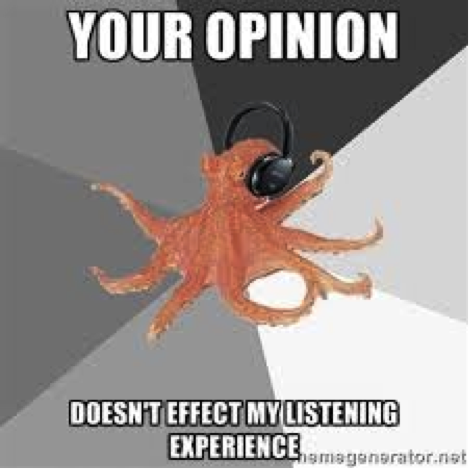
While engaging with customers, our researchers encourage them to narrate their various experiences with a brand or the category. Narration of experiences tells a completely different story from an anthology of opinions.
An opinion on a brand may originate from an experience with another brand in the same category. So ahoy researchers and marketers! Suspend your perception of a brand and go deep into living the brand experience of your customer. Live. Repeat. Evaluate.
Simulation of real life setting - Engage in almost real setting to ensure candid responses.
If in real life a brand decision is not made on the basis of a discussion with eight strangers then do not engage consumers in a customary focus group discussion. It dwindles into a discussion of who has got the most powerful voice and who tows their line. The key brand decision makers must be kept away from a controlled environment of a one way mirror setting. Put them instead in a real life situation and watch the nuances of brand consumption, imagery, triggers and barriers emerge without too much probing.
The Key has tried to replicate the real life setting which encourages a natural interaction between the consumer and the category. Accompanied Test Drive, Accompanied Pubbing and Shop Alongs are some of the ways of recreating that natural setting – something that The Key has been doing since its inception. The post modern simulation of the setting which The Key has successfully attempted includes Ankho Dekhi or Social Reporting in a study for toilet soaps. The Key managed to ‘observe’ a girl taking bath with a new brand of soap through the eyes of her friend who would regularly help her in her monthly waxing of arms and legs. The friend became the social reporter who wrote down her observations on key headers.
Societising or Social Influence
Cognition is as much a social as it is an individual activity. The most useful way to understand humankind and human behaviour is to see humans as social animals. The power of influence that other individuals can have over a subject, the social effect of the design of our human mental capabilities, and our tendencies to join together freely in groups that share passions and emotions--all these demonstrate our species' social nature. it is the interaction between individuals, and not just their individual agency, that determines what we do and why we do it.
A large part of our purchasing behaviour is habitual rather than considered: an individual's next purchase is largely determined by his/her previous purchases. But an individual's purchasing behaviour is also determined by what other individuals do (or are thought to do), both now and in the past. What if my choice of Brand A is really our choice of Brand A? If buying Brand A is something that 'we' do? Take the classic Coke-Pepsi example of where product preference (as indicated by blind taste tests) is overcome by either habit or the 'power of the brand'. This is an important tenet for The Key. Most brand choices are not individualistic but social decisions. We may not know it but subconsciously our first purchase in any category is the result of a social influence – be it from our friend, family, neighbor, relative,colleague or even the sales person.
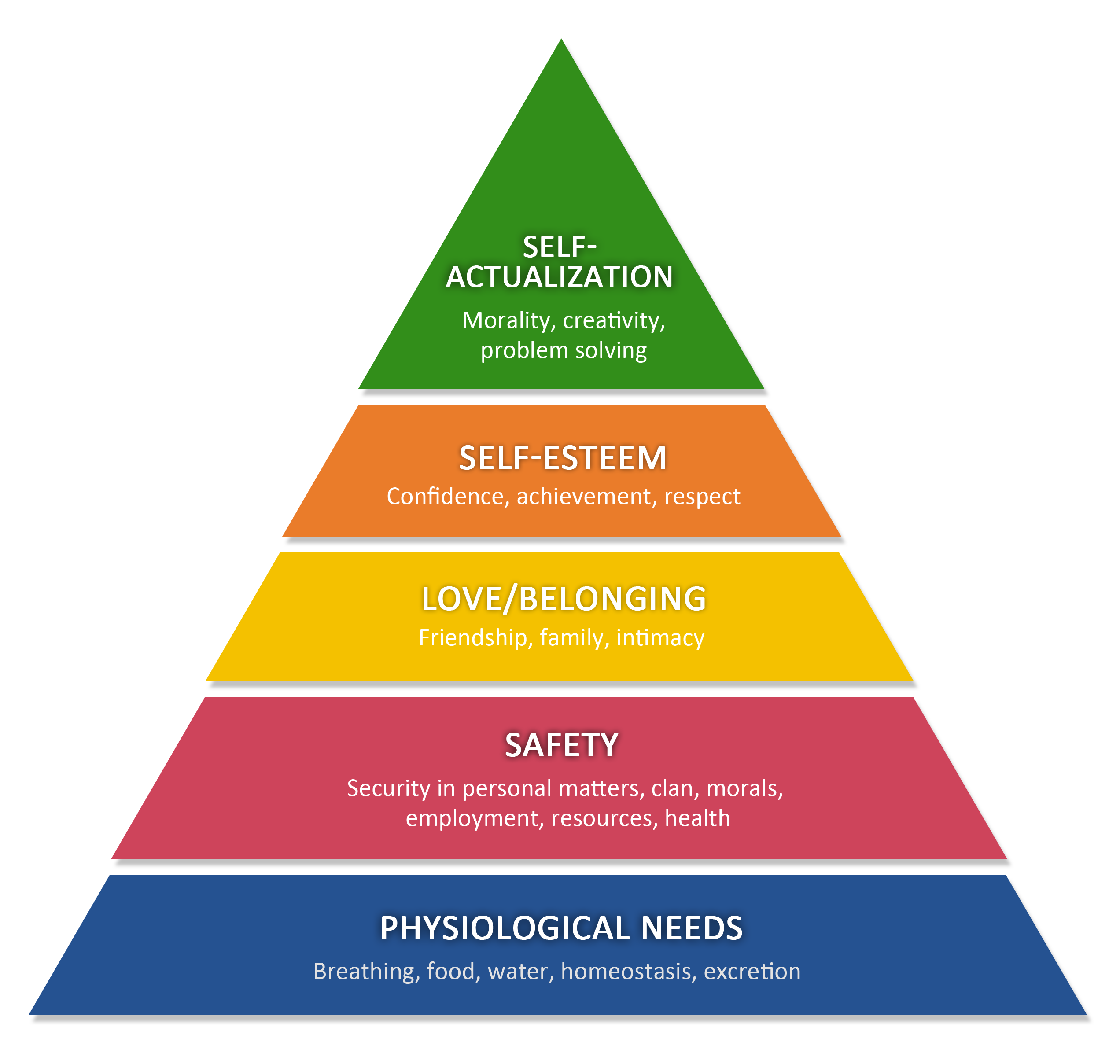
This is also where Maslow missed a couple of glaring truths. A fascinating article by Pamela Rutledge in Psychology Today entitled “Social Networks: What Maslow Misses” (November 2011) points out that Maslow’s model misses the role of social connection.
“Here’s the problem with Maslow’s hierarchy,” explains Rutledge. “None of these needs — starting with basic survival on up — are possible without social connection and collaboration…. Without collaboration, there is no survival. It was not possible to defeat a Woolley Mammoth, build a secure structure, or care for children while hunting without a team effort. It’s more true now than then. Our reliance on each other grows as societies became more complex, interconnected, and specialized. Connection is a prerequisite for survival, physically and emotionally.”
Click here to Read The Missing Pieces in Maslow’s Need Hierarchy as per The Key
Many marketers swear by the tenet of ‘Content is King’ – whether they are in the business of entertainment, communication or customer engagement. The Key passionately believes that in MR, ‘Context is Queen’.

The 3 Ps of The Key that influence consumer behavior
Behavior is mostly influenced by three things
Your Past – Dominant cultural and social factors influencing your upbringing
Your Present – Current context of living which means the city of residence and the lifestyle you lead
Your Primeval Instinct – Totality of your mind – conscious and unconscious – does not matter if interpreted the Freudian way or the Jungian way or even just as basic as your response to stress in the form of
fight or flight!
Trouble with most marketers and researchers is that they perceive these behavior defining factors in silos – bereft of the individual. So cultural insights become something as simplistic as what McDonald seems to be doing all across the world into adapting their global pallette to local tastes – ergo the McAloo Tikki In India Mega Teriyaki Burger and Gurakoro in Japan!
Too simplistic understanding of the lifestyle of a consumer gets translated into, for example, a healthy and balanced consumer who prefers to eat organic products and goes to specific grocery stores, will do some jogging or gymming regularly and therefore will buy shoes, clothes and specific products etc. Hand on heart even if you are a health freak have you not been tempted by your favorite poison, a sweet indulgence once in a while? Don’t you love to indulge your foodie side more than your healthy side?
We at The Key believe that it is not the understanding of isolated culture, lifestyle and instincts of a person that can give you deeper insights but those interpreted in the context of the past, present and emotional make up of the person that can lead to a complete understanding of his behavior as a consumer. Remember before we became consumers, we were humans.
And in any qualitative inquiry, be it a product, service or a new concept all the three Ps are important to uncover. Besides, of course, the key research objectives and scope. The techniques outlined in ‘We unlock with many keys’ are just elicitation, data collection and analysis tools that help you uncover the three Ps of The Key.
Related Reading
 There are many keys to unlock the mind of the consumer. We pride ourselves in adopting unusual methodologies always. Or use the proven, existing ones in the most effective manner. We do not have any discussion guides but a series of open ended psychological questions that engage the audience.
There are many keys to unlock the mind of the consumer. We pride ourselves in adopting unusual methodologies always. Or use the proven, existing ones in the most effective manner. We do not have any discussion guides but a series of open ended psychological questions that engage the audience.
 Each engagement utilizes proven learning methodology that translates into simple exercises like thought bubble completion, spoken word poetry/slam poetry, then & now scenario building, outlines, application exercises, simple graphic images, 3 D models to convey complex ideas besides verbal discussion and observation. The use of sophisticated learning methodology means that the programs are participatory and always result in 0% moderation bias and 100% process bias. The above and more are all part of a research design that rests on the 3 Key Methodolgies
Each engagement utilizes proven learning methodology that translates into simple exercises like thought bubble completion, spoken word poetry/slam poetry, then & now scenario building, outlines, application exercises, simple graphic images, 3 D models to convey complex ideas besides verbal discussion and observation. The use of sophisticated learning methodology means that the programs are participatory and always result in 0% moderation bias and 100% process bias. The above and more are all part of a research design that rests on the 3 Key Methodolgies

 Photo-voice elicitation, Art-based Research, Darwinization, Collaborative Ethnography, Brand Equity WRAP, Multiple Character Iding, INDICES(Indirect and Direct consumer experiences), Retrospective Approach, Street Speak and lots more that don’t have names yet.
Photo-voice elicitation, Art-based Research, Darwinization, Collaborative Ethnography, Brand Equity WRAP, Multiple Character Iding, INDICES(Indirect and Direct consumer experiences), Retrospective Approach, Street Speak and lots more that don’t have names yet. If knowledge is empirical, it's based on observation rather than theory. To do an empirical study of donut shops, you'll need to visit at least some of them. Meditate all day on the origins of donuts, but you'll still lack empirical knowledge of donut creation.
If knowledge is empirical, it's based on observation rather than theory. To do an empirical study of donut shops, you'll need to visit at least some of them. Meditate all day on the origins of donuts, but you'll still lack empirical knowledge of donut creation.

 This is also where Maslow missed a couple of glaring truths. A fascinating article by Pamela Rutledge in Psychology Today entitled “Social Networks: What Maslow Misses” (November 2011) points out that Maslow’s model misses the role of social connection.
This is also where Maslow missed a couple of glaring truths. A fascinating article by Pamela Rutledge in Psychology Today entitled “Social Networks: What Maslow Misses” (November 2011) points out that Maslow’s model misses the role of social connection.


